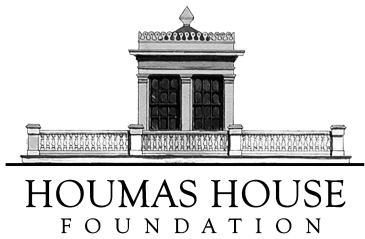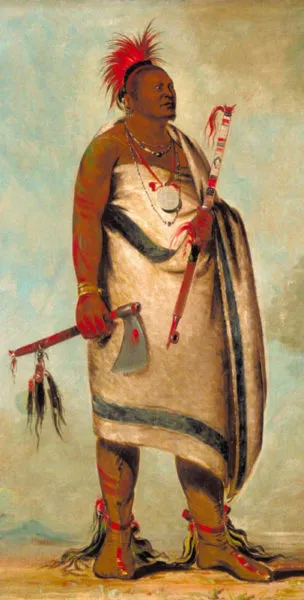 |
Louisiana was inhabited by Native Americans when European explorers arrived in the 17th century. Settlement and colonization began in the 18th century. 1682 – 1783 French Exploration and colonization 1718 – 1850 Africans and early slavery 1763 – 1803 Spanish interregnum (gap in government) 1755 – 1764 English expulsion of the Acadians from Canada 1778 – 1783 – Canary Islanders arrive 1803 – 1860 – Incorporation into the United states, and the antebellum years 1764 – 1800 Irish immigrants came to Louisiana 1803 – Anglo-Americans began arriving in rapidly increasing numbers, lured by ambition, cheap land, and government posts in the new territorial regime 1791 – 1804 – The Haitian Revolution – resulted in a major immigration of refugees to Louisiana, where they settled chiefly in New Orleans. 1840 – New Orleans had the biggest slave market in the United States 1845 – 1849 Irish again migrated to Louisiana due to the Irish Potato Famine 1860 – 1865 – Secession and the Civil War. Louisiana had one of the largest free black populations in the United States, totaling 18,647 people in 1860. 1867 – The first wave of Chinese immigrants arrived in Louisiana to work the plantations along side the freed slaves who chose to remain. |
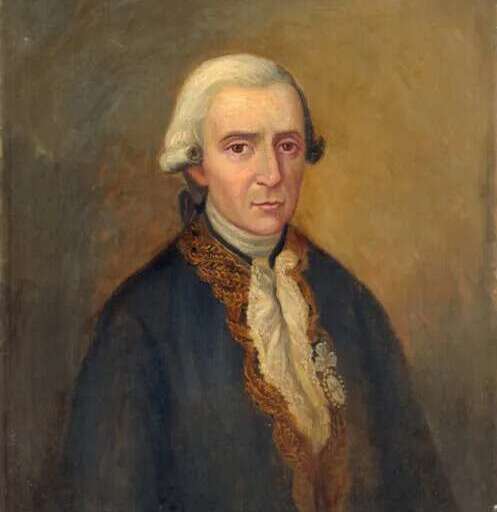
The Spanish
The Spanish Interregnum- Governor Antonio de UlloaMany Spanish-speaking immigrants arrived from Spain between 1778 and 1783. They settled in southeast Louisiana around the New Orleans and Baton Rouge regions and as far as New Iberia, Louisiana.
Both free and enslaved populations increased rapidly during the years of Spanish rule, as new settlers and Creoles imported large numbers of slaves to work on plantations. Although some American settlers brought slaves with them who were native to Virginia or North Carolina, the Pointe Coupee inventories of the late eighteenth century showed that most slaves brought by traders came directly from Africa…….
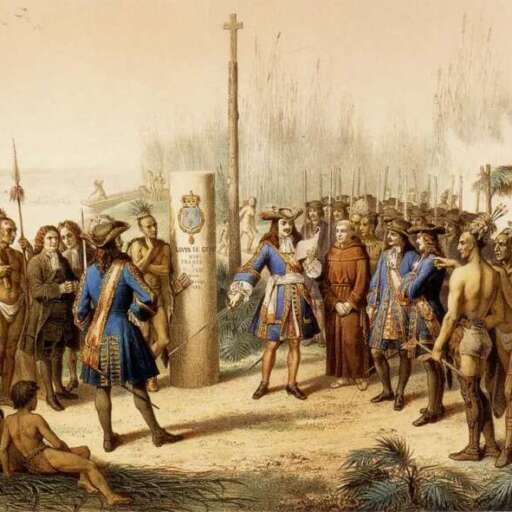
The French
Claiming Louisiana for FranceThe journey began in December 1681, with 23 French Canadians and 18 Indians, when there was ice on the rivers. Twelve canoes were used, and at times the canoes were dragged across the ice. Along the way, the expedition met with many Indian tribes and made peace by offering gifts.
On April 9, 1682, at the western mouth of the Mississippi River (now Venice, LA), La Salle solemnly took possession of the entire Mississippi Valley for France, naming the territory Louisiane after King Louis XIV…….
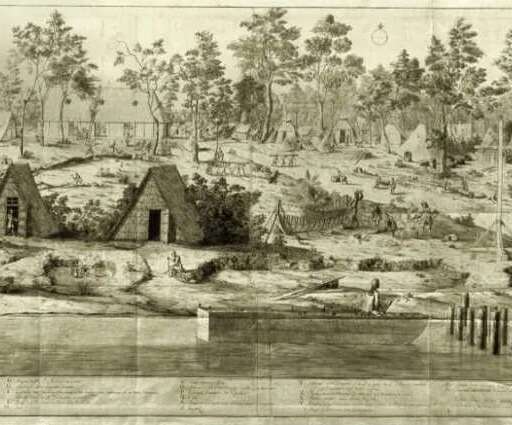
The Germans
"The German Coast"St. John the Baptist Parish was the second permanent settlement in Louisiana and established in the early 1720’s by a group of Germans, hence becoming known as “La Cote des Allemands” or “The German Coast”. Led by Karl Frederic D’Arensbourg, a settlement was created on the west bank of the Mississippi River in the area now known as Lucy which was originally named Karistein.
D’Arensbourg’s grandson, Jacques Villere , was born at Lucy and became the second governor of the state of Louisiana. He was the first Creole (Louisiana born person of pure European descent) to hold that office…….
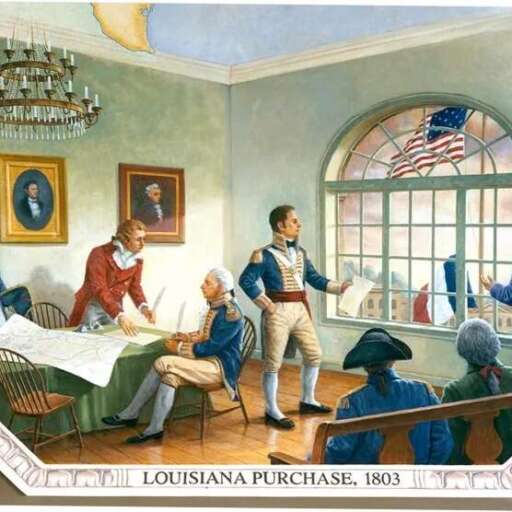
The Anglo-Americans
Louisiana’s Anglo-American population traces its ancestry to five major immigrant groups.
The first large wave of Anglo-American immigrants reached Louisiana via New Orleans in the wake of the Louisiana Purchase (1803). These immigrants, drawn primarily from East Coast cities and New England, were primarily merchants and professionals who sought to capitalize upon the Crescent City’s burgeoning economy.
The second and third waves of immigration arrived concurrently between 1820 and 1860. The larger of the two movements included individuals migrating across the Deep South, a migration ultimately terminating in Texas……
